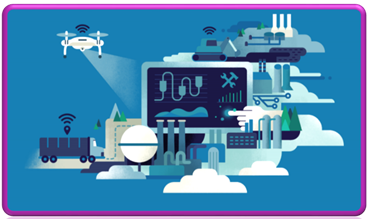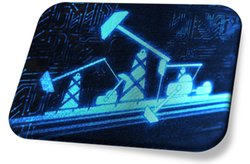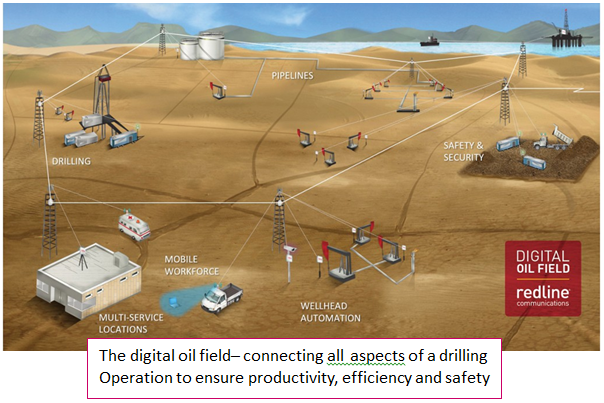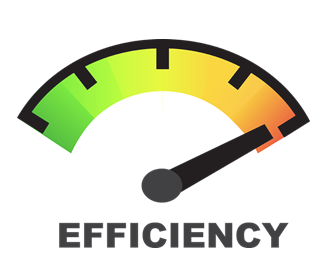|
What is a Digital Oil Field?
An idea that a few years ago simply meant using a machine for a particular exploration undertaking has now widened to encompass automating and integrating a huge range of tasks across many aspects of the exploration and production cycle DOF concept focuses on leveraging the benefits of modern IT, automation and communications. |
Efficiency
|
The rise of digital oilfield technology
It’s caused by the unprecedented challenges currently being faced by the oil and gas industry : Bimodal age distribution of workforce ("crew change") Proliferation of software applications and data formats Global distribution of work teams Instant availability of massive amounts of real-time data Steadily decreasing number and size of new discoveries Growing expense of advanced recovery technologies
Present and future digital oilfields
Today there are hundreds of technologies developed to improve efficiency, assist deepwater drilling and provide better information for improved safety and disaster response, as well as improve information sharing and remote operations. Many companies, challenges still remain in rolling out the digital oil field concept to all its operations, as well as effectively managing the increased amount of data being recorded. Shell see the digital oil field of the future as encompassing increased fibre optic wells and Advanced Reservoir monitoring, as well as ensuring all assets have the "appropriate level of smartness" applied to them. BP has similar goals to roll out its Field of the Future Technologies across its assets.
If the oil price remains low, optimizing all this technology and wealth of data it provides for enhanced oil recovery, increased safety and efficiency will remain paramount.”
References
Written by
Nuth Santirojanakul
Teerapat Junnatasna
Edit by
Hutsakarn Kamolpongsathorn
Teerapat Junnatasna
Nuth Santirojanakul
Teerapat Junnatasna
Edit by
Hutsakarn Kamolpongsathorn
Teerapat Junnatasna






